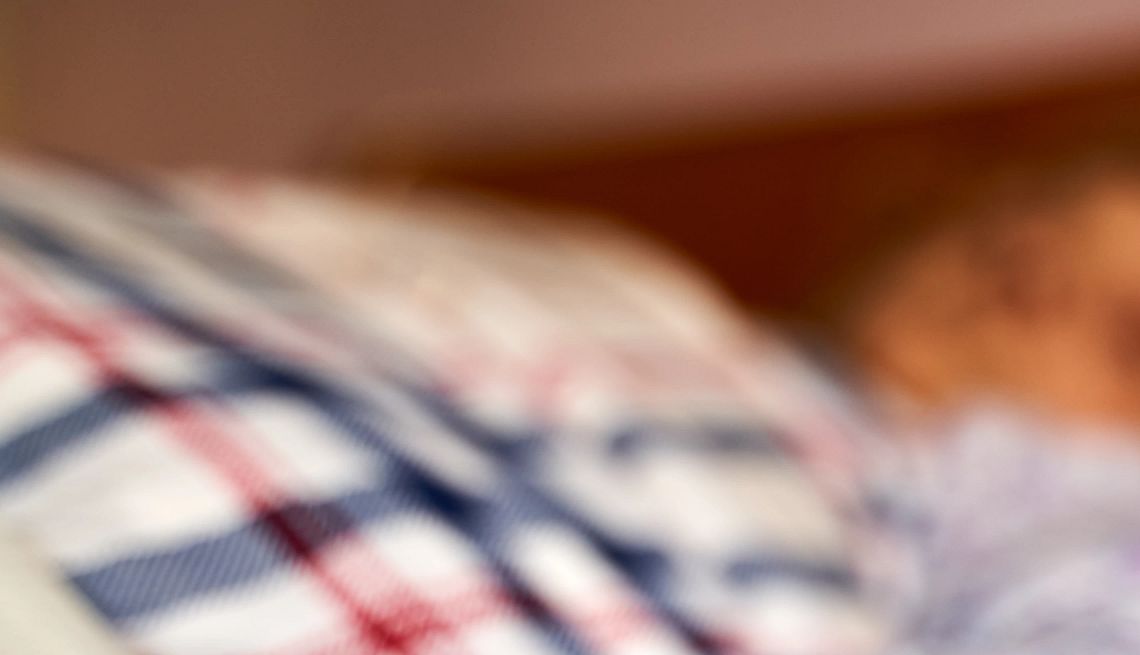Play all audios:
If the tailbone is the problem area, use a c-shaped cushion or pad the area with a solid piece of cushioning. CLEAN THE SORE. For a sore that hasn’t broken the skin, your health care
provider will probably advise you to gently clean the area with mild soap and water. If the sore is in an area that might get exposed to urine or feces, protect it with a barrier cream. Once
the skin is broken, indicating a stage 2 sore, your doctor may recommend different ways to properly clean the wound, as well which barrier cream to use. COVER THE SORE. Depending on the
size and stage of the sore, your doctor or home health specialist may recommend dressings such as film, gauze, gel or foam to help prevent infection and encourage healing. Video: Pressure
Ulcers Prevention and Skin Care WHAT’S THE BEST WAY TO PREVENT BEDSORES? The ideal treatment for pressure ulcers is to stop them from happening. To help keep your loved ones safe, have them:
EAT A WELL-BALANCED DIET. Eating required daily nutrients — and enough calories — can help prevent ulcers from forming. “Many older adults don’t get enough protein,” Conant says. “You want
them to have at least a gram per kilogram of body weight every day.” That may mean eating high-protein foods at every meal and snack. STAY HYDRATED. Hydration stimulates blood flow, which
can help prevent pressure sores. Aim for at least six to eight cups of water a day. MOVE DAILY. If it’s possible for your loved ones to move daily to improve circulation and prevent sores,
they should. If they are bedridden, a caregiver can gently move their limbs daily. A home health professional can offer advice. REPOSITION OFTEN. To ensure any one area doesn't bear
pressure for too long, talk to your physician or a home health care professional about proper body placement and the best schedule for position changes. Ideally, you want to move someone who
is bedbound at least every two hours and someone in a chair or wheelchair about every 15 minutes. You will likely need the help of another person or an assistive device, such as a sliding
board or draw sheet. Home health professionals can teach you how to move your loved one safely. REDISTRIBUTE PRESSURE. Healthcare providers can recommend devices that will redistribute
weight and take pressure off any bony areas that might be pressing into a chair or mattress. Padded bandages are one option. “It softens the pressure between the bone and the surface, which
is a part of both treatment and prevention,” Zhou says. CHECK HIGH-PRESSURE SPOTS. It's critical to do a daily inspection of your loved one’s skin. “Whether you’re giving them a shower
or helping them in the bathroom, look at the skin for redness that isn’t going away,” Conant says. Be mindful that your loved one's age or medical condition may dull their senses. They
may not feel bedsore symptoms such as pain or burning and be unaware that they are developing a sore. As you check your loved one, pay close attention to these areas: * Ankles * Back * Back
of head * Buttocks * Elbows * Heels * Hips * Shoulders

